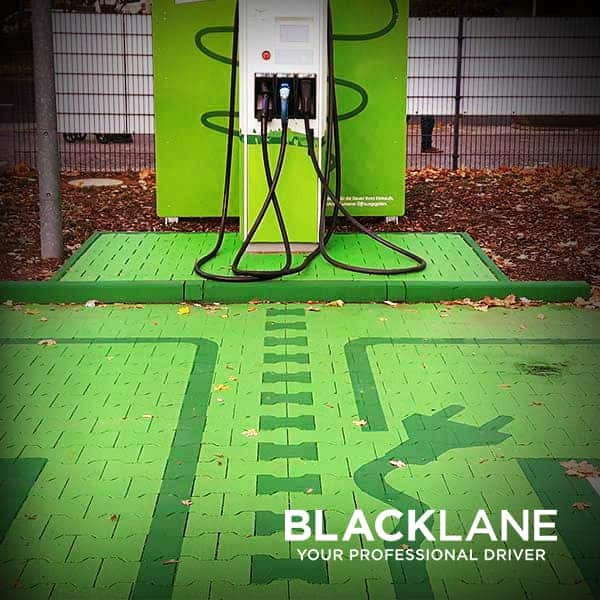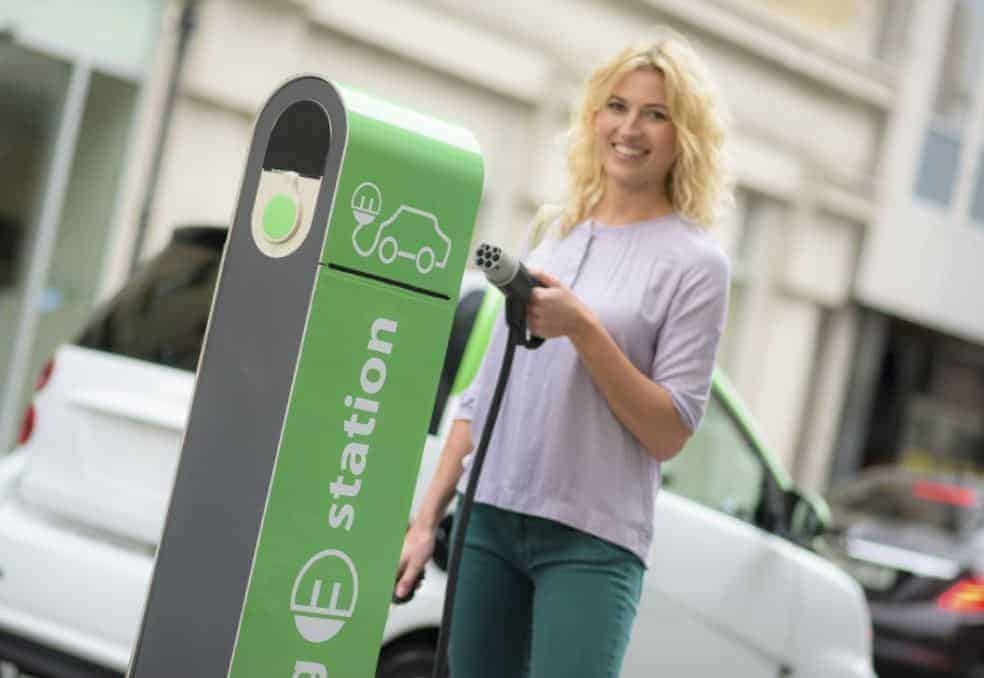
The 6th eMobility Summit that took place in late October 2016 in Berlin, was well attended, and had great speakers from the automotive industry, politics, NGOs and science. Controversial panels and inspiring keynotes showed the vast array of opinions on how to sustainably and efficiently advance the automotive sector. While few doubt that electric vehicles will significantly shape the future of mobility, different strategies offer conflicting views on how to implement electric vehicle infrastructure.
China is moving ahead fast
Compared with other parts of the world, Germany seems to be a slow mover in terms of e-mobility. On the streets of Norway, the relative number of electric vehicles is double those of Germany. Neighboring France has 40% more electric vehicles that Germany does, too. In this light, the lately declared aim of the German Federal Council (Bundesrat), to issue no more licenses for new combustion engine cars as of 2030, seems an ambitious goal to reach.
However, even the bravest push in Europe falls short of China’s massive moves. The government decided to limit combustion engines in some parts of the country. So, when would-be drivers must apply for a license plate, combustion-engine vehicles can take years while electric vehicle applications can be granted within a day. In addition, some cities in China have reportedly switched completely to e-buses and other public transport vehicles based on electrically powered engines.

Will diesel motors be in the museum in 2025?
Ferdinand Dudenhöffer, a professor and renowned German automotive expert said German carmakers were lagging behind. It was high time, he declared, to act rather than complain about harsh regulatory decisions, such as the discussion about stopping the release of licenses for combustion engines at some point in the coming decade. He suggested, that the diesel motor was a phase-out model to be found in the museum in the next decade.
Electric mobility has to be green
Another dimension was the question of where the electricity would be generated to recharge batteries that will power electric vehicles. The sustainable goal of e-mobility can only be reached when combined with fostering renewable energies, said Barbara Hendricks German Federal Minister for the Environment, Nature Conservation and Nuclear Safety. She criticized continued high traffic and vehicle emissions and said Germany’s regulatory bodies must undertake meaningful efforts to fulfill the goals agreed upon in last year’s Paris climate summit .
Thanks to the Berliner Tagesspiegel for the organization and for having us!


